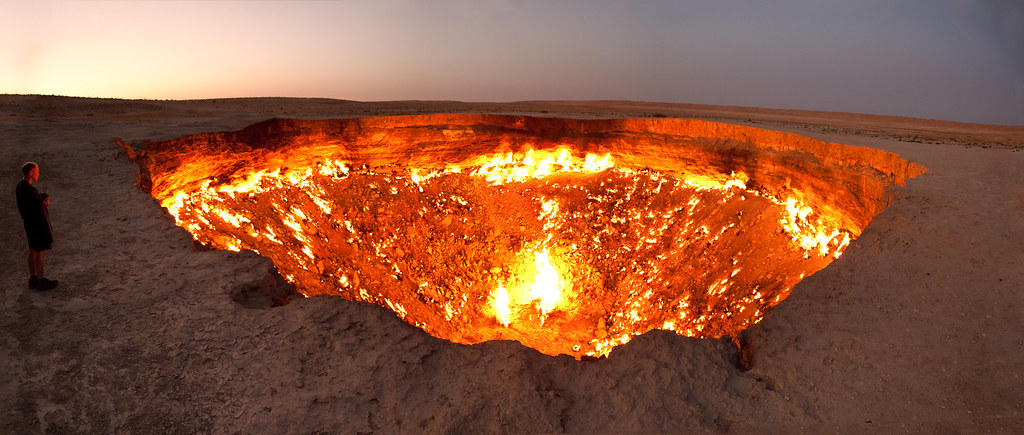- Aortic dissection is an emergency that is often fatal when missed.
- In Australia, 18% of patients experiencing Type A aortic dissection don't survive.1
- Acute and fast diagnosis is a challenge, and yet rapid diagnosis is critical to reduce patient morbidity and mortality.2
- A third of patients with aortic dissection are actively treated for the wrong diagnosis.3
- A CT scan is critical for a definite diagnosis: chest X-ray, ECG, ultrasound and blood tests cannot exclude aortic dissection.
30 October 2025: Recent research found that a diagnosis of aortic dissection is considered in less than half of patients who present with the condition. 3 Early recognition is critical - if diagnosed and treated quickly, lives can be saved.
Aortic dissection, a tear in the wall of the blood vessel that supplies the whole body, is often fatal, with 90% of patients not surviving long enough before reaching a specialist centre.3 However, the signs of aortic dissection can be very difficult to spot, even for healthcare professionals. Clinical experts are urging that a CT scan is critical for a definite diagnosis, as other diagnostic tests cannot rule it out. Increasing awareness of aortic dissection and how it can be rapidly identified and accurately diagnosed is vital to save lives.
THINK AORTA is a patient-led, global campaign which aims to bring diagnosis of aortic dissection to front-of-mind. Advocating for rapid diagnosis to ensure the urgent need for timely and appropriate treatment is met, THINK AORTA has already had significant impacts in the UK Healthcare system and is now tackling the issue in Australia and New Zealand.
Dr Geoff Lester, Australia and New Zealand Lead for THINK AORTA and Board Member of Hearts4heart, knows firsthand the importance of timely diagnosis. In 2009, his life took an unexpected turn when he himself almost died as a result of aortic dissection - an experience that inspired him to pivot his career path from economics to medicine.
"Aortic dissection can strike without warning, and timing is everything," Dr Lester said. "As soon as a patient presents with symptoms, aortic dissection should be front-of-mind for healthcare professionals, and the patient should be taken for a CT scan. Mortality for acute Type A aortic dissection increases by 1% every hour, and urgent recognition and treatment are absolutely critical."
By also raising awareness in the community, patients can better advocate for themselves and potentially identify signs of the condition. The top symptoms is pain: severe and often migratory. The pain may begin in one area and move across the chest, back, neck, jaw or abdomen. A CT scan is the only way to confirm an aortic dissection. Other tests, such as chest X-ray, Electrocardiogram (ECG), ultrasound or blood tests, can appear normal, meaning the condition can easily be missed without this life-saving scan.
Peter Fleming, survivor of aortic dissection, is now dedicated to raising awareness of the importance of rapid diagnosis through THINK AORTA.
"It's concerning that so few people even know what aortic dissection is," stated Mr Fleming. "I survived against the odds and feel incredibly fortunate to be here today to help share this message. If someone is experiencing sudden, severe, unexplained pain, they should seek medical attention immediately and push for a CT scan."
People with certain pre-existing conditions, or with a family history, are more at risk of aortic dissection. This includes people with underlying vascular and cardiac conditions including a bicuspid valve, high blood pressure, or who have previously suffered an aortic aneurysm. Connective disorders also increase risk, including Marfan Syndrome and Elhers-Danlos Syndrome.
If you experience unexplained severe pain, seek immediate medical attention, and THINK AORTA – CT scan for a definite diagnosis.
More resources and information can be found at https://thinkaorta.com.au/






